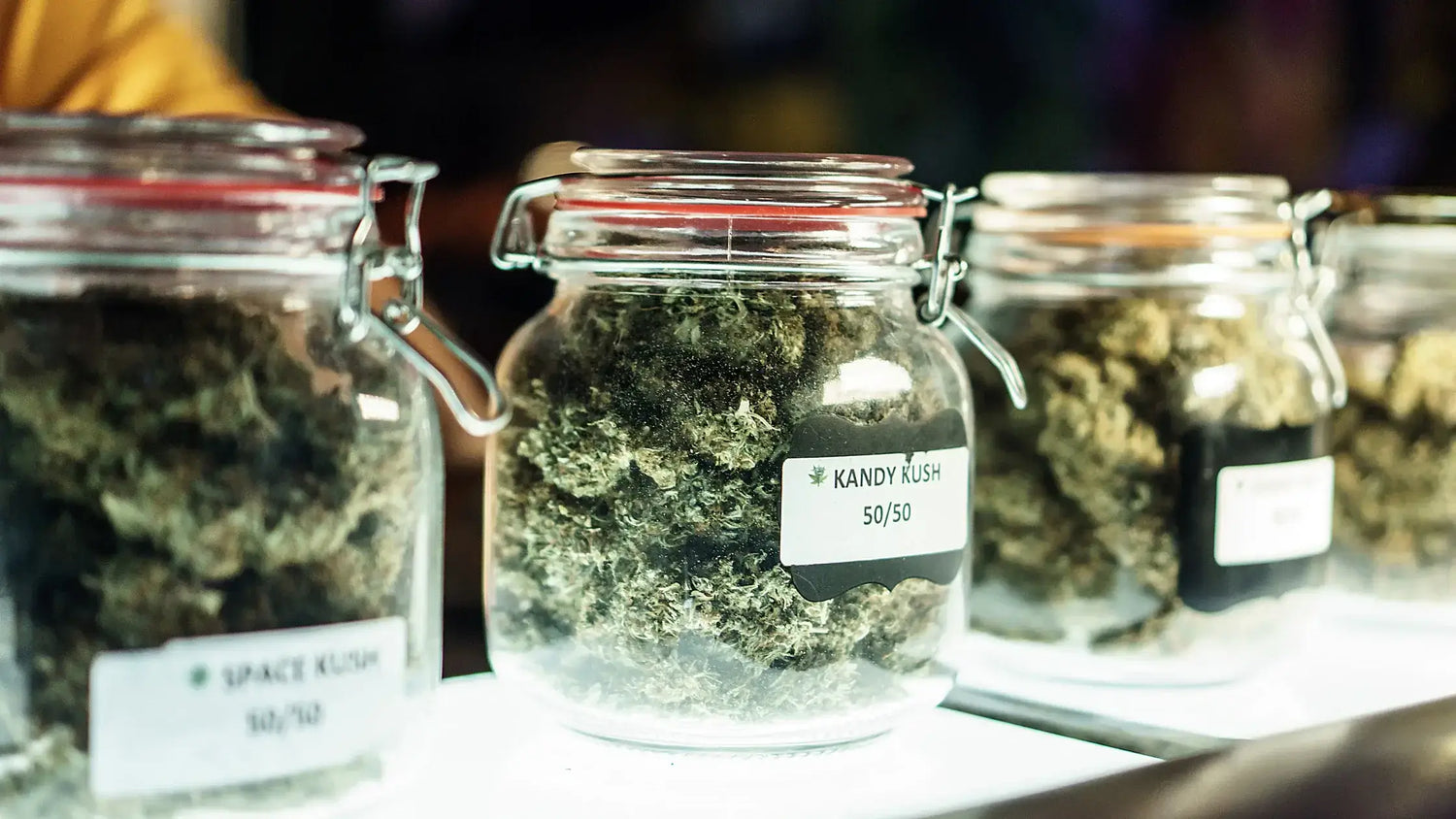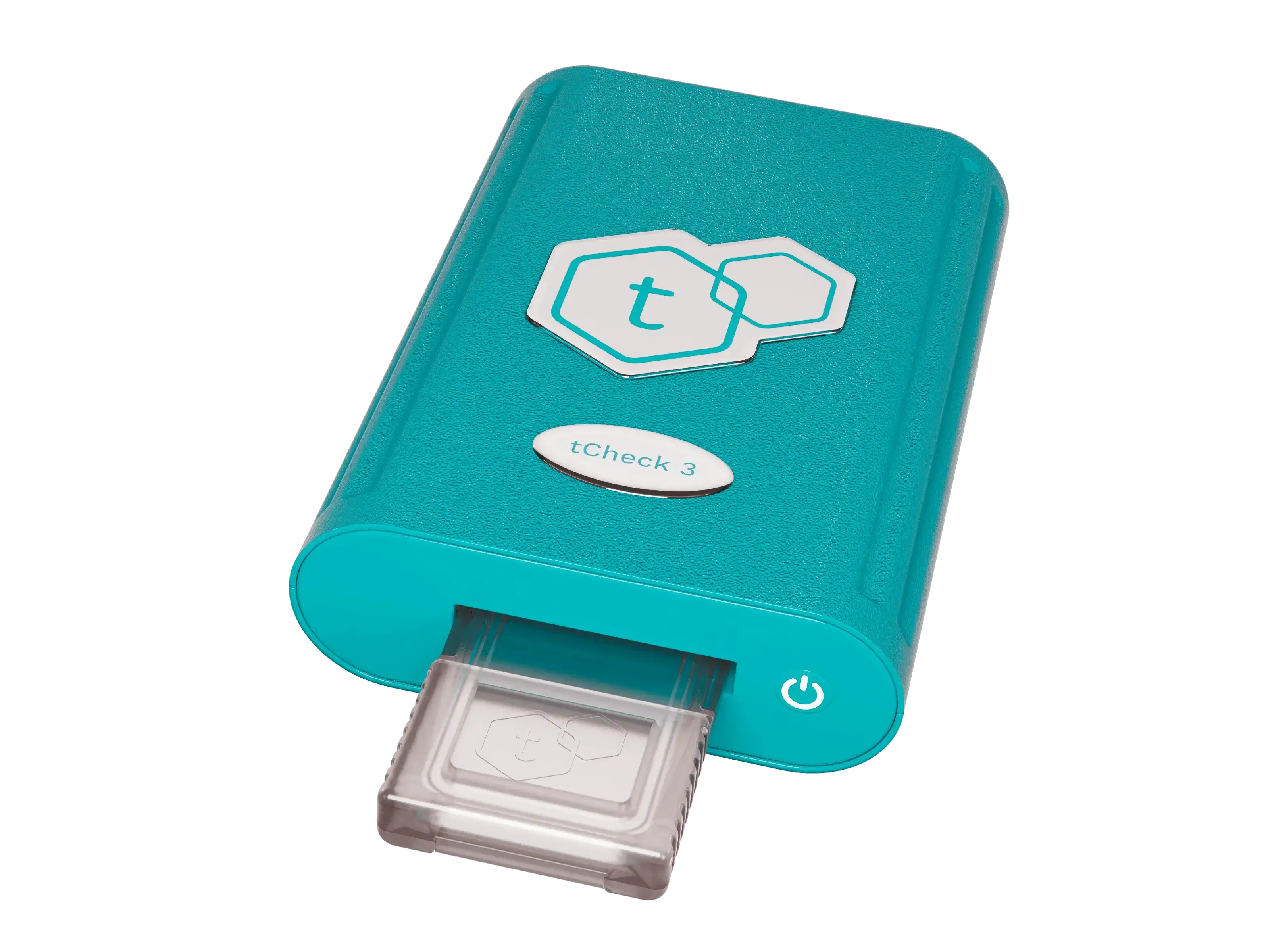
When shopping for cannabis, you’ve likely encountered products labeled as indica, sativa, or hybrids of the two. While these labels are common, what do they truly mean, and how do they affect your experience? This blog unpacks the differences between indica and sativa, the myths surrounding them, and why focusing on factors like potency and terpenes can lead to a better-informed cannabis experience.
Origins of Indica and Sativa
The terms indica and sativa were originally used to describe cannabis plants based on their physical characteristics and geographical origins:
- Sativa: Tall, thin plants with narrow leaves. They thrive in warmer climates and were historically used for fiber and seeds.
- Indica: Short, bushy plants with broad leaves. They originated in colder, mountainous regions and were known for resin production.
While these differences in plant structure are valid, their connection to effects is more nuanced.
Commonly Perceived Effects
Traditionally, indica and sativa strains are associated with distinct effects:
- Indica: Often linked to relaxation, sedation, and “body highs,” making it a popular choice for evening use.
- Sativa: Known for uplifting, energizing effects and “head highs,” often favored for daytime activities or creative pursuits.
However, recent research shows that these effects aren’t solely determined by the plant’s classification. Factors like cannabinoid content, terpene profiles, and individual biology play a more significant role.
Why Indica vs. Sativa Isn’t the Full Story
The idea that all indicas are sedating and all sativas are energizing oversimplifies the complexity of cannabis. A strain’s effects are more accurately determined by its terpenes and cannabinoids:
- Cannabinoids: THC and CBD levels heavily influence the intensity and type of effects.
- Terpenes: These aromatic compounds (like myrcene or limonene) affect the smell, taste, and experience of cannabis.
For example, a sativa strain with high levels of myrcene may feel relaxing, contrary to the energizing stereotype.
How to Choose the Right Strain for You
Instead of relying solely on indica or sativa labels, consider the following:
-
Potency
- Test your product’s THC and CBD levels using tools like the tCheck Potency Tester. Knowing the exact potency helps you tailor your dosage for the desired effect.
-
Terpene Profiles
- Many dispensaries now provide terpene information, which can guide your selection based on your preferred experience.
-
Personal Tolerance
- Everyone’s endocannabinoid system reacts differently. Start low and go slow when trying a new strain.
The Role of Potency Testing
Understanding the potency of your cannabis product is essential for ensuring a positive experience. With the tCheck Potency Tester, you can measure the THC and CBD levels in your homemade infusions, tinctures, and oils. Whether you’re working with indica, sativa, or a hybrid, knowing the potency allows you to:
- Avoid overconsumption.
- Customize your dosages based on tolerance.
- Achieve consistent results every time.
Final Thoughts
While indica and sativa remain useful categories, they’re only part of the equation when it comes to understanding cannabis. By focusing on cannabinoids, terpenes, and potency, you can make better-informed choices tailored to your needs.
Ready to take control of your cannabis experience? Visit tCheck.me to learn more about how the tCheck Potency Tester can help you measure and manage your cannabis products with confidence.







